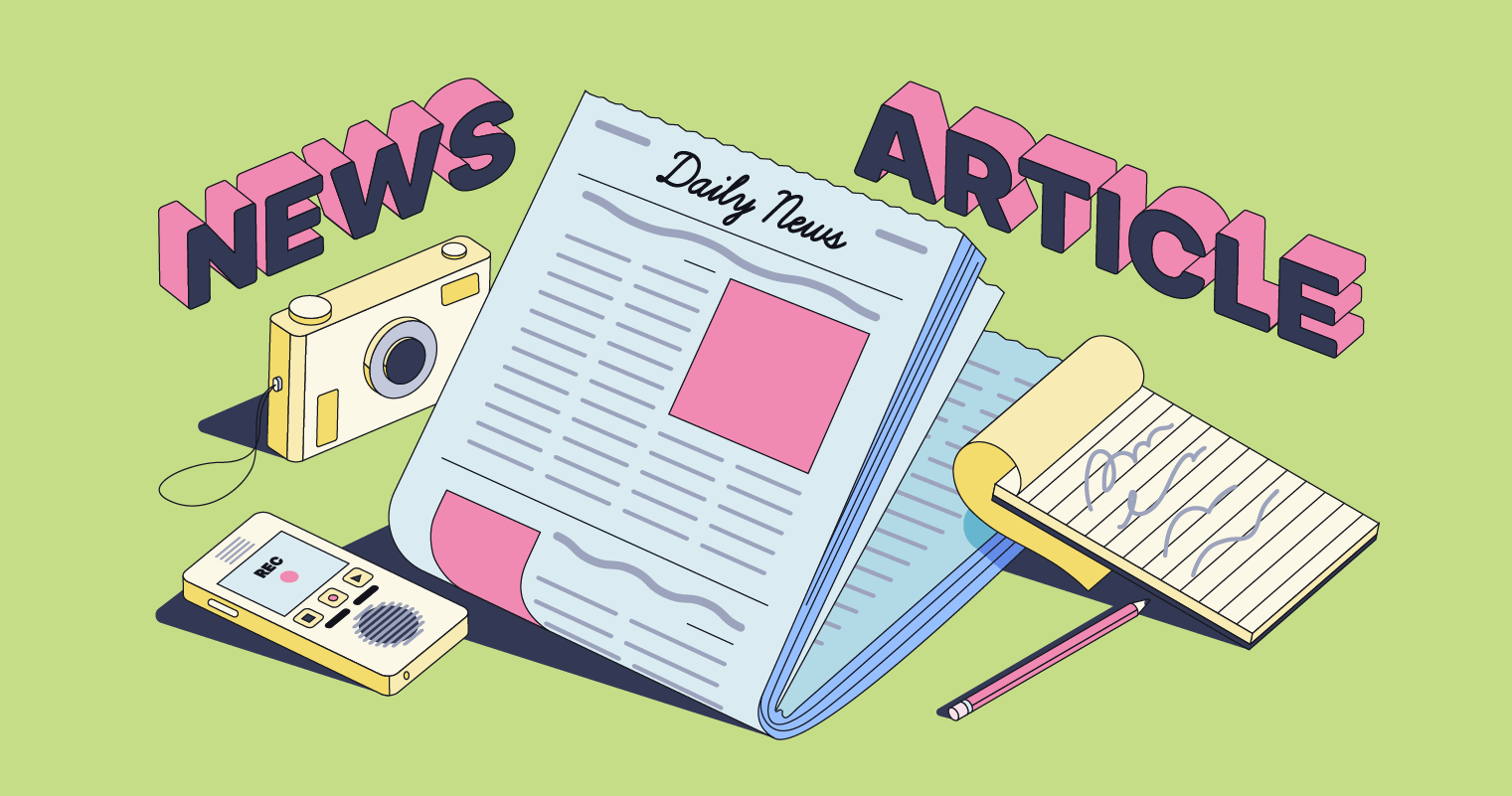News Articles Things To Know Before You Buy
News Articles Things To Know Before You Buy
Blog Article
Little Known Questions About News Articles.
Table of ContentsSome Known Details About News Articles Everything about News ArticlesThe Of News Articles6 Easy Facts About News Articles DescribedThe Single Strategy To Use For News Articles
Great knowledge of different topics provides pupils an one-upmanship over their peers. Despite the fact that digital and social media sites are readily available, we need to not fail to remember how crucial it is to read the newspapers. Moms and dads should attempt and instill the behavior of reviewing a newspaper as a daily regimen to proceed the tradition of the adored print medium.News tales likewise contain at least one of the adhering to crucial qualities family member to the designated target market: proximity, prestige, timeliness, human passion, oddity, or consequence.
Within these restrictions, information tales likewise intend to be detailed. Other elements are involved, some stylistic and some obtained from the media kind. Amongst the bigger and a lot more revered papers, fairness and equilibrium is a major element in providing info. Discourse is generally restricted to a different section, though each paper might have a various overall angle.
Papers with a worldwide audience, as an example, often tend to use a much more official design of composing. The details options made by a news electrical outlet's editor or editorial board are commonly accumulated in a design guide; typical style guides consist of the and the United States News Style Book. The major goals of news writing can be summarized by the ABCs of journalism: accuracy, brevity, and clearness.
Facts About News Articles Uncovered
Generally, reporters will not use a lengthy word when a short one will do. They make use of subject-verb-object building and vibrant, energetic prose (see Grammar). They provide narratives, instances and allegories, and they rarely depend upon generalizations or abstract ideas. Information writers try to prevent utilizing the exact same word greater than as soon as in a paragraph (sometimes called an "echo" or "word mirror").
Headings often leave out the topic (e.g., "Jumps From Boat, Catches in Wheel") or verb (e.g., "Feline female fortunate"). A subhead (also subhed, sub-headline, subheading, subtitle, deck or dek) can be either a secondary title under the primary heading, or the heading of a subsection of the post. It is a heading that precedes the main message, or a team of paragraphs of the primary text.

Extra signboards of any of these types might appear later in the post (particularly on succeeding pages) to tempt further analysis. Such billboards are also utilized as guidelines to the short article in other sections of the publication or website, or as advertisements for the piece in other magazine or websites. Regular structure with title, lead paragraph (summary in strong), other paragraphs (details) and contact information.

Instance of a hard-lead paragraph NASA is suggesting another space job. The budget requests around $10 billion for the job.
An "off-lead" is the second most essential front web page news of the day. To "hide the lead" is to start the post with history details or information of secondary importance to the visitors, compeling them to check out more deeply into a write-up than they ought to have to in order to discover her latest blog the vital factors.
The 6-Second Trick For News Articles
Common use is that one or more sentences each form their own paragraph. Journalists generally explain the organization or framework of a newspaper article as an upside down pyramid. The essential and most interesting aspects of a tale are placed at the start, with sustaining info following in order of reducing significance.
It allows people to explore a subject to only the deepness that their curiosity takes them, and without the charge of details or nuances that they might think about irrelevant, yet still making that info available to a lot more interested visitors. The inverted pyramid framework likewise enables short articles to be cut to any approximate length throughout format, to suit the area available.
Some writers start their stories with the "1-2-3 lead", yet there are several kinds of lead offered. A twist can refer to several points: The last tale in the news program; a "happy" tale to end the program.
Longer posts, such as magazine cover short articles and the items that lead the inside sections of a paper, are referred to as. Attribute stories differ from straight news in a number of means. Foremost is the absence of a straight-news lead, many of the moment. As opposed to supplying the essence of a story up front, feature authors may attempt to tempt visitors in.
The Best Guide To News Articles
The reporter frequently details communications with meeting subjects, making the item a lot more personal. A function's first paragraphs usually relate an interesting moment or occasion, as in an "anecdotal lead". From the details of a person or episode, its sight quickly widens to generalities regarding the tale's topic. The area that signals what an attribute is around is called the or signboard.

The Editor's Toolbox: A Reference Guide for Beginners and Professionals (2001) Allan M. Siegal and William G. Connolly. The New York Times Handbook of Style and Usage: The Official Design Guide Utilized by the Writers and Editors of the World's The majority of Authoritative Paper (2002) M. L. Stein, Susan Paterno, and R.
Report this page